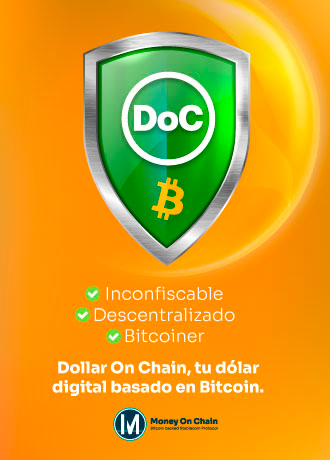El 21 de noviembre, Cardano vivió uno de los episodios más críticos desde su lanzamiento: una bifurcación en vivo de su mainnet que dividió la cadena en dos historias incompatibles durante más de catorce horas. Un único staking-delegation certificate malformado, enviado a través de una transacción diseñada para activar un bug dormido en versiones recientes del software, fue suficiente para desencadenar uno de los eventos más estudiados de seguridad y gobernanza blockchain en 2025.
La falla no produjo pérdidas de fondos ni parálisis completa, pero puso al ecosistema frente a una situación que rara vez se observa en un entorno productivo: dos cadenas válidas desde la perspectiva de nodos distintos, producidas simultáneamente, sin un mecanismo centralizado que actuara como juez inmediato.
Mientras operadores de stake pools debatían en tiempo real en qué rama confiar, intercambios suspendían temporalmente depósitos y retiros de ADA, y herramientas de exploración mostraban saldos inconsistentes, el equipo de desarrollo aceleró un parche que permitió la reunificación de la red.
Un bug latente reescribe el debate sobre validación y diversidad de clientes
Intersect, organismo de gobernanza del ecosistema, rastreó la raíz del incidente a un error de deserialización en el manejo de hashes dentro de certificados de delegación, introducido en 2022 pero hasta ahora inactivo.
Cuando la transacción malformada llegó al mempool de la red, dos comportamientos incompatibles emergieron:
Nodos recientes (10.3.x – 10.5.1): aceptaron la transacción como válida.
Nodos más antiguos o no migrados: la rechazaron correctamente.
La consecuencia fue inmediata:
los nodos con software divergente tomaron decisiones de validación distintas, creando dos cadenas que seguían produciendo bloques conforme a las reglas de Ouroboros… pero con definiciones distintas de “válido”.
El día previo, esta misma situación había ocurrido en la preview testnet, pero el parche aún no estaba desplegado en mainnet cuando un exoperador —que luego alegó haber seguido “instrucciones generadas por IA”— replicó el ataque en producción.
Charles Hoskinson confirmó que notificó al FBI y a otras autoridades, dado que emitir intencionalmente una transacción capaz de fragmentar una infraestructura financiera de alcance global puede considerarse una interferencia ilícita bajo el marco del Computer Fraud and Abuse Act.
Una red que no cayó, pero que dejó de ser única por horas
Cardano nunca se “apagó”: la producción de bloques continuó en ambas ramas.
Lo que sí perdió temporalmente fue unicidad, una propiedad crítica para blockchains de capa 1.
La recuperación mostró tres factores que evitaron una catástrofe mayor:
1. El bug estaba en la capa de validación, no en el protocolo base
Ouroboros siguió funcionando correctamente.
El desacuerdo residía solo en una verificación de datos dentro del libro contable.
2. Una porción significativa de stake seguía en la cadena “sana”
Muchos operadores importantes aún utilizaban versiones previas del nodo, lo que mantuvo una rama con suficiente peso de consenso para competir.
3. Existía un plan de emergencia documentado (CIP-135)
Aunque no se activó, el ecosistema tenía ya un procedimiento para coordinar una ruta de salida en caso de particiones mayores.
Cuando se publicaron los nodos corregidos (10.5.2 y luego 10.5.3), la mayoría de operadores comenzó a migrar, y la red recuperó una sola historia común.
La cadena “envenenada” quedó definitivamente abandonada.
¿Qué implica este incidente para el futuro de Cardano?
El evento ha reavivado debates que otras comunidades ya han vivido:
Ethereum insiste en la diversidad de clientes precisamente para evitar que un solo bug divida a toda la red.
Solana, al contrario, ha preferido detener completamente la red cuando un único cliente falla.
Cardano parece situarse ahora entre ambos: no se detuvo, pero tampoco mostró inmunidad real a bugs distribuidos por versión.
Lo ocurrido deja varias conclusiones:
✔️ Cardano resistió, pero por poco.
La red mostró resiliencia operativa, aunque la bifurcación expuso un riesgo sistémico.
✔️ El incentivo por diversidad de clientes aumentará.
Hasta hoy, Cardano funciona esencialmente como un ecosistema monocliente.
✔️ Las auditorías de validación y migración de nodos serán prioritarias.
Un bug dormido durante años demostró que el riesgo puede emerger de rutas de ejecución poco usadas.






